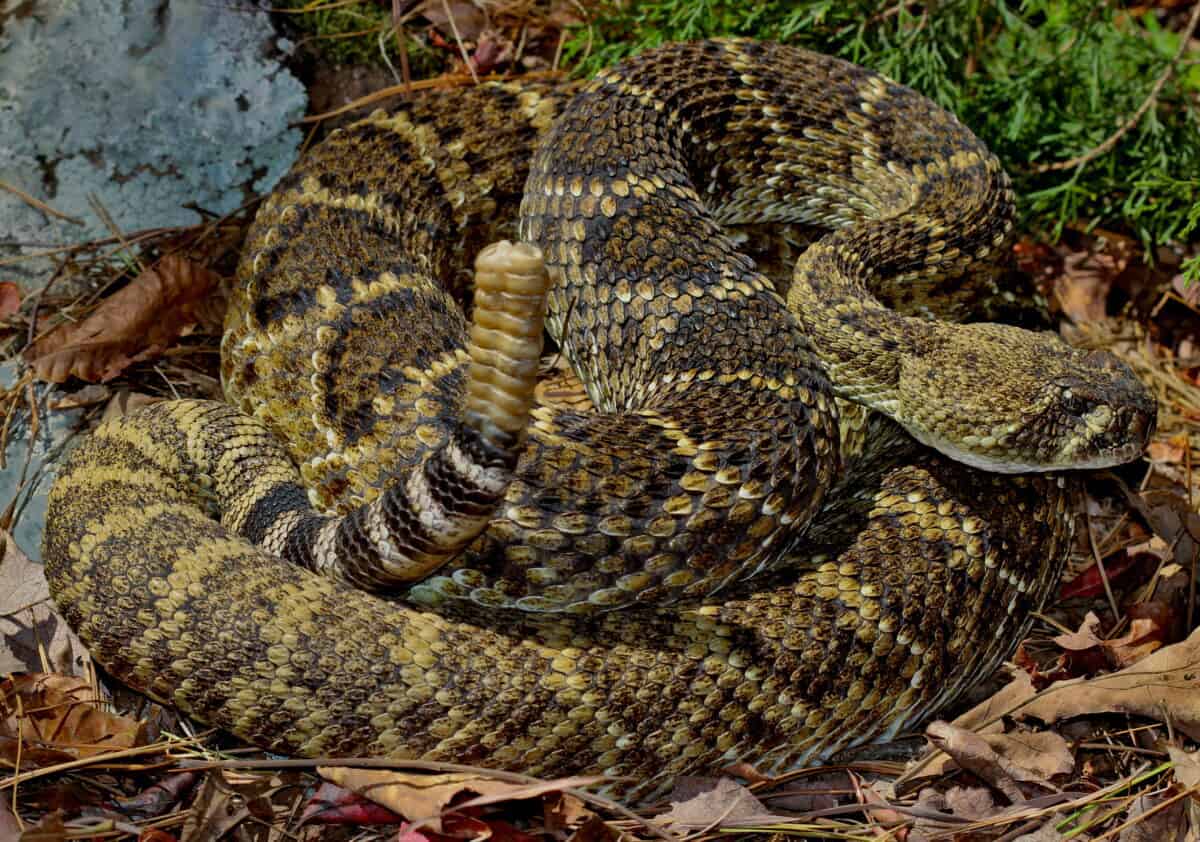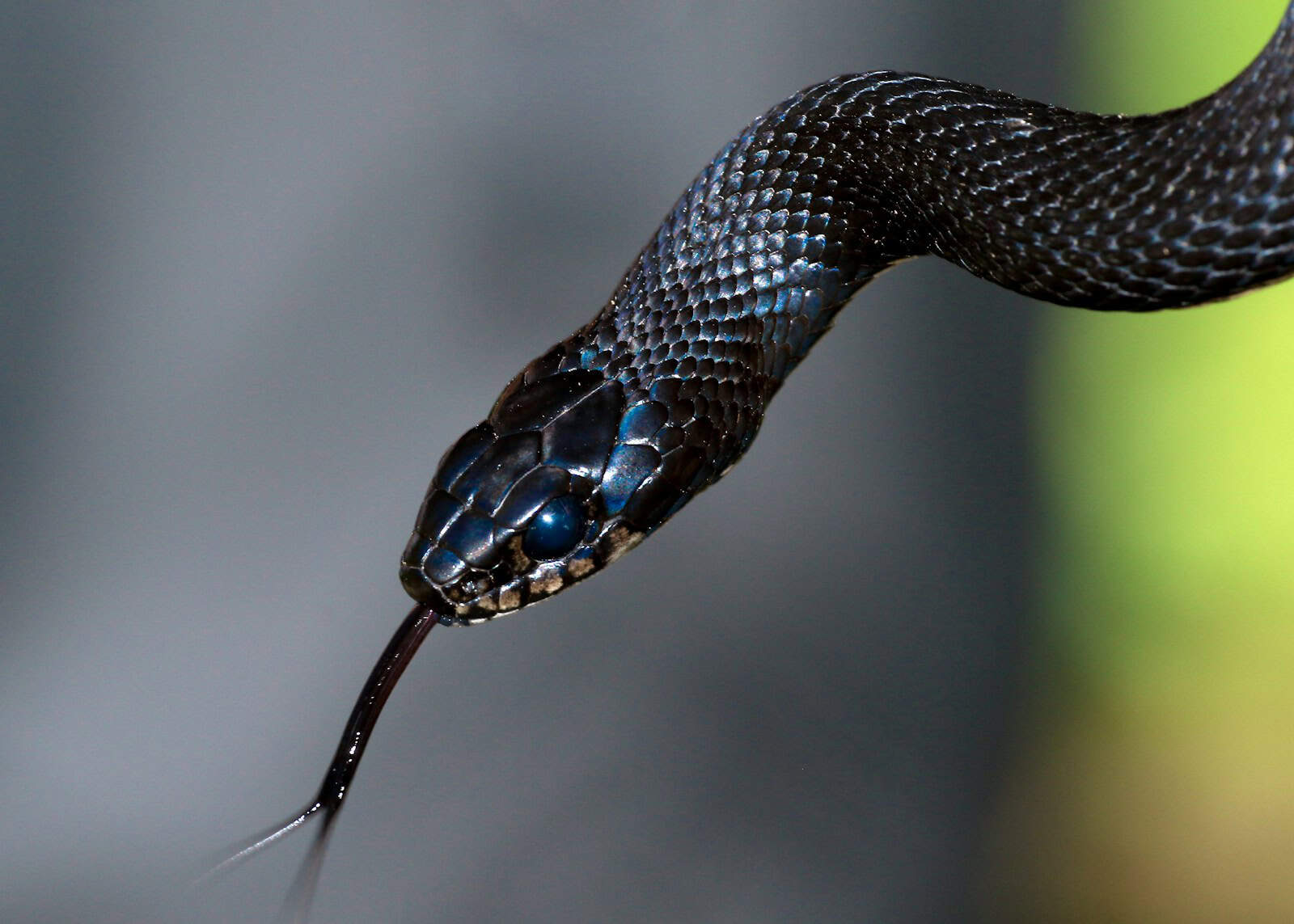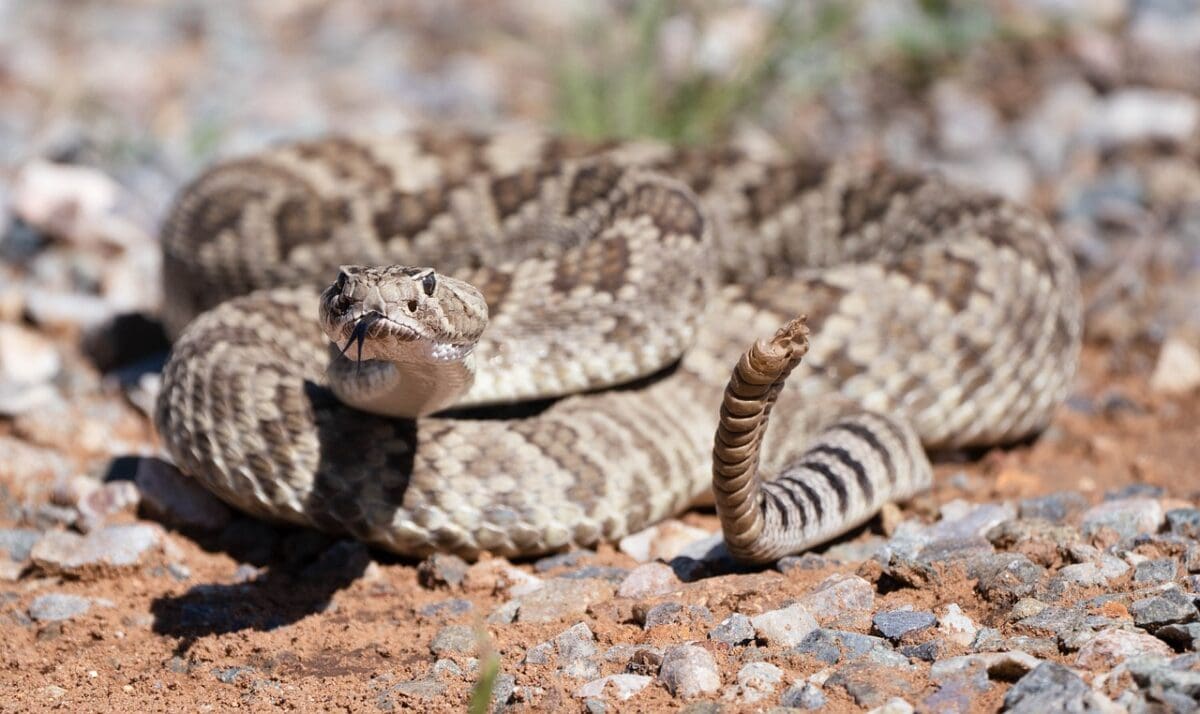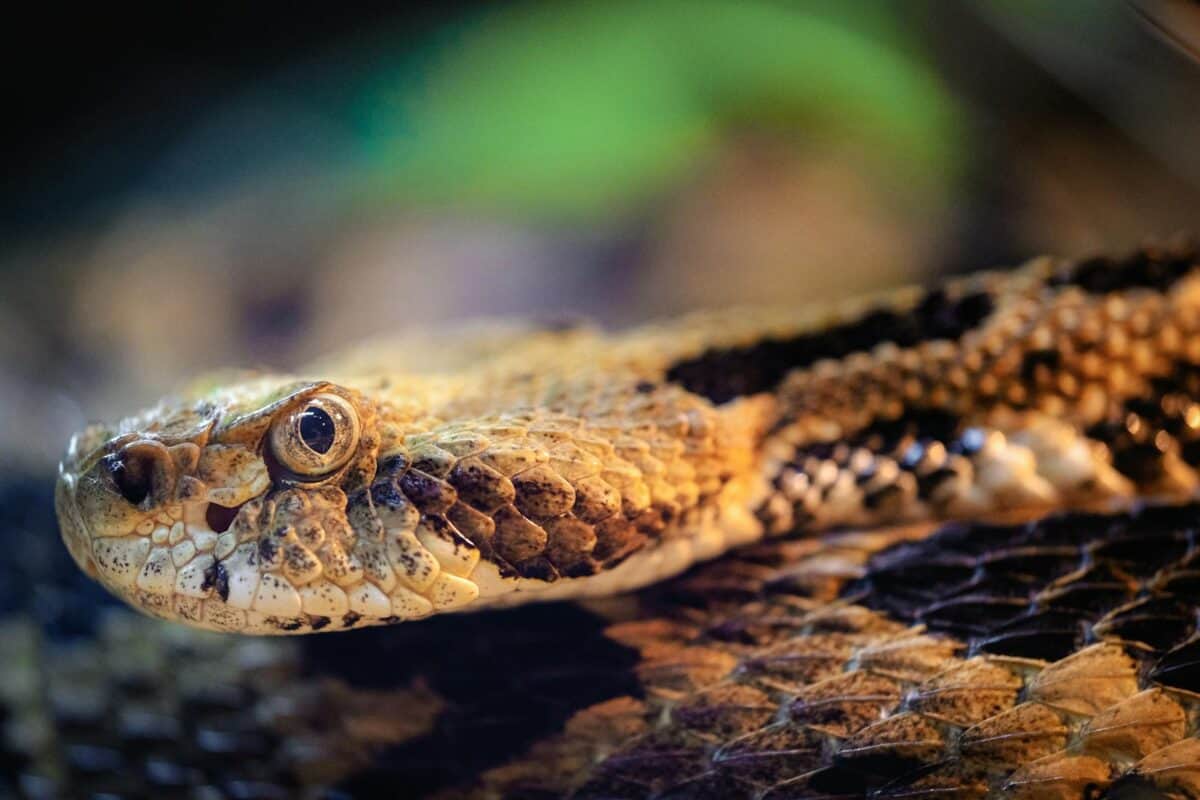Rattlesnakes are among the most fascinating and misunderstood creatures in the animal kingdom. These remarkable reptiles evoke both fear and awe due to their distinctive rattling sound and their reputation for being venomous. However, there’s much more to rattlesnakes than meets the eye. In this article, we’ll delve into 16 intriguing facts about rattlesnakes that will expand your understanding of these unique animals.
Rattlesnake Origins

Rattlesnakes belong to the family of pit vipers and are native to the Americas. They are part of the Crotalinae subfamily, which includes other pit vipers like cottonmouths and copperheads. Rattlesnakes have evolved over millions of years, adapting to various environments ranging from desert landscapes to grasslands. Their ability to thrive in diverse habitats is a testament to their evolutionary success.
A Famous Rattle

What sets rattlesnakes apart from other snakes is their iconic rattle, located at the end of their tails. The rattling sound is produced when segments of the keratin-based rattle vibrate against each other as the snake rapidly shakes its tail. This sound serves as a warning to potential threats, signaling them to stay away. It’s an ingenious defense mechanism that prevents confrontations while minimizing energy expenditure.
A Diverse Family

There are approximately 36 recognized species of rattlesnakes, with over 70 subspecies. Each species varies in terms of size, color, and habitat preference. From the small, pigmy rattlesnake to the large and robust eastern diamondback, each has adapted to its unique environment and has specialized behaviors and features tailored to its survival needs.
Heat-Sensing Abilities

Rattlesnakes possess heat-sensing pits located between their eyes and nostrils. These pits allow them to detect infrared radiation, effectively enabling them to “see” the thermal energy emitted by warm-blooded prey. This adaptation is particularly advantageous for hunting at night or in low-visibility conditions.
Venom Composition

Rattlesnake venom is a complex cocktail of enzymes and proteins that vary among species. The venom is primarily used for subduing prey and initiating the digestive process by breaking down tissues. While venoms can vary in potency, they generally contain hemotoxins that affect blood cells and tissues, causing swelling and pain.
A Camouflage Expert

A rattlesnake’s skin pattern offers excellent camouflage in their natural habitat. These patterns help them blend seamlessly with the environment, making it difficult for both predators and prey to spot them. This natural disguise allows them to ambush prey effectively and protect against their own predators.
Life Span and Growth

Rattlesnakes can live anywhere from 10 to 25 years in the wild, depending on the species and environmental factors. Growth rates can also vary; their rattles gain a new segment each time they shed their skin, though shed frequency generally decreases as they age.
Social Behavior

Contrary to popular belief, rattlesnakes can exhibit social behavior. Some species, such as the timber rattlesnake, are known to hibernate in communal dens during the winter months. These dens can house multiple generations and provide a shared safe space during the colder months.
Reproductive Habits

Rattlesnakes are ovoviviparous, meaning females give birth to live young that have developed inside eggs within their body. The young snakes are fully independent at birth and equipped with a small rattle button that will gain segments with subsequent sheds.
Predators and Threats

Despite being formidable predators themselves, rattlesnakes have their share of natural enemies, such as hawks, eagles, and larger mammals. Human activities, however, pose significant threats through habitat destruction, road traffic, and deliberate killing driven by fear or misunderstanding.
Temperature-Dependent Activity

Rattlesnakes are ectothermic, relying on external heat sources to regulate their body temperature. Their activity levels are closely tied to environmental temperatures, tending to be most active in moderate conditions and seeking shade or shelter during extreme heat or cold.
The Myth of Aggressiveness

A common misconception is that rattlesnakes are aggressive toward humans. In reality, they usually avoid encounters and will only bite when threatened or provoked. Respecting their space reduces the risk of confrontation significantly.
Conservation Status

While some rattlesnake species are plentiful, others are at risk due to habitat loss and persecution. Conservation efforts are crucial in preserving their populations and maintaining the ecosystems in which they play a pivotal role.
Important Eco-Role

Rattlesnakes are vital for their ecosystems, primarily controlling populations of rodents and other small mammals, thus balancing the ecological community. Their presence indicates a healthy, functioning ecosystem.
The Public Perception Challenge

Rattlesnakes often face negative perceptions, driven by fear and myths. Educating the public to understand and appreciate their role is essential in reducing unnecessary killings and fostering coexistence.
How to Stay Safe

For those living or hiking in rattlesnake habitats, it is essential to take precautions such as watching where you step, wearing appropriate footwear, and staying on designated trails. Educating oneself about their behavior can greatly enhance safety.
Conclusion

In conclusion, rattlesnakes are a remarkable group of reptiles with many unique adaptations that allow them to thrive in their environments. Understanding their behaviors, ecological roles, and the challenges they face can help us coexist more harmoniously with these fascinating creatures. By dispelling myths and spreading awareness, we can protect both them and their habitats for future generations to appreciate.
- 14 Myths About Sharks That Simply Are Not True (And 1 That Totally Are) - August 19, 2025
- 9 Shark Behaviors That Are Misunderstood And 4 That Are Real Threats - August 19, 2025
- 15 Strongest Animals by Body Size - August 19, 2025

